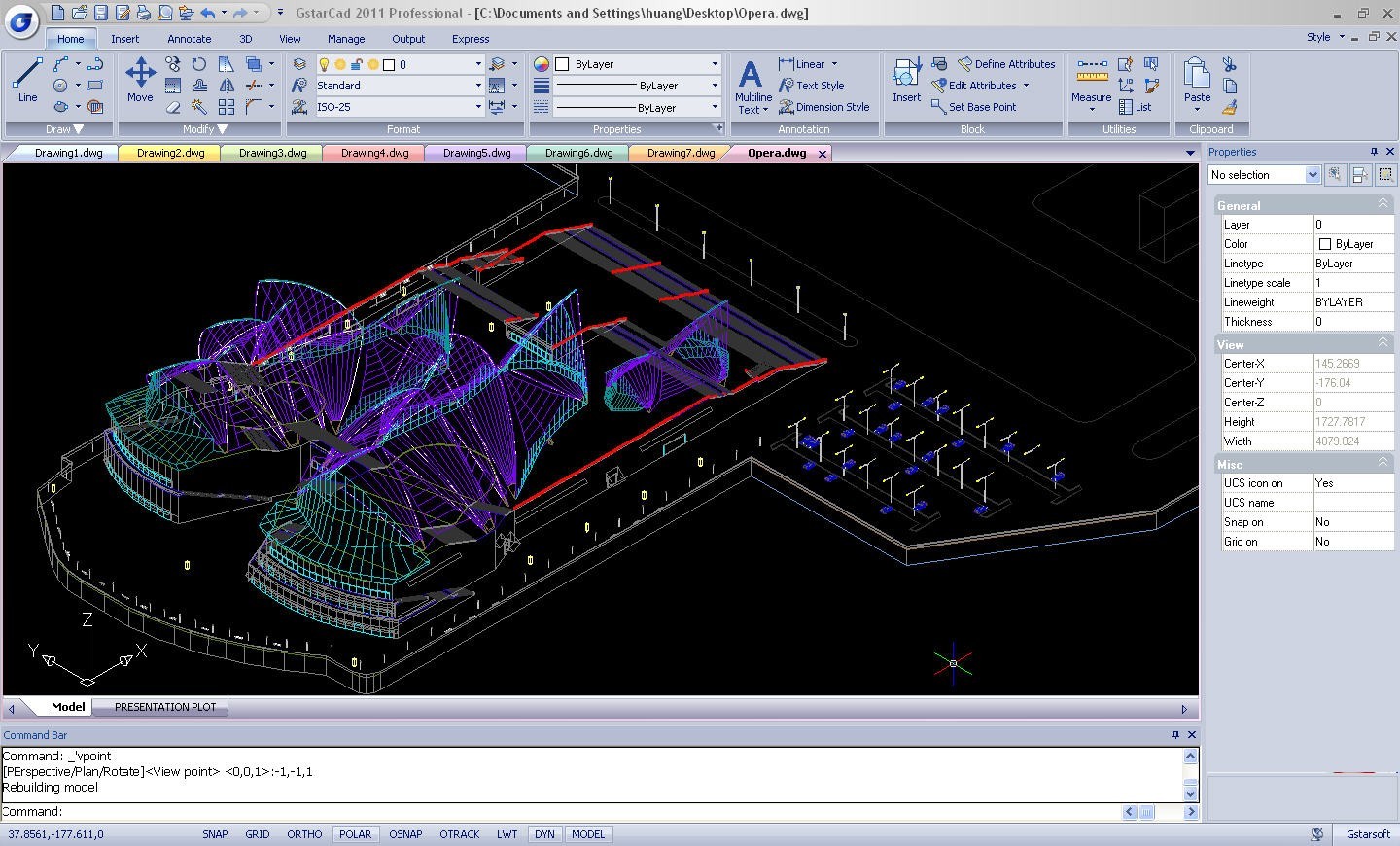


It is also able to continuously monitor such devices in order to prevent malware from damaging your computer. It gives me all the good vibes.RAV is a lightweight, yet efficient application whose main purpose is to clean your HDD and removable drives from the most common threats such as autorun viruses.

I like to stare at it when I can’t visit the actual establishment. It depicts the interior of one of our favorite places in Seattle, a little cafe on the north end of Capitol Hill called Joe Bar, where I did a lot of writing prior to graduate school. I have this really amazing painting by Jed Dunkerley that my partner commissioned for me for our anniversary. What’s your favourite piece of art in your home? It’s hard to know that sometimes until you take a step back and/or have someone else read your draft and you get that more objective perspective. Some of my earliest CNF ended up being these long narrative pieces that were, really, a few essays that were trying to pose as one. When it’s your life, all those things make sense to you, but those extraneous details will very quickly bloat a piece of writing for a reader. Because when I start to write CNF, especially if it’s anything resembling memoir, there’s an instinct to throw a lot of different experiences and details into the mix. What is the biggest challenge when writing CNF?įor me, the biggest challenge is knowing where to place the “border” around a piece, where to focus. I’m really excited to see the rest of the work in the issue. “Roots” as a theme invites a lot of interpretations I think. But then when I read the theme, I felt that this piece fit the bill in an interesting, oblique way. I had already written “Buddy Boy” before I knew about the specific theme for this issue. I like to think of both genres as “tools” in my “toolbelt.” And then, of course, within CNF and fiction are all the different forms, which really expands the unique possibilities for how a piece takes shape.ĭid you have a piece already written when you learned about Epoch’s theme, or did you write a new piece? If so, how did you approach the theme of Roots in the creation of your work? Sometimes, though, it’s not ideal to go that route for any number of reasons, and it comes out as a story. For me, when I’m exploring a potential idea that I know I want to write, CNF gives me that option of coming right out and saying it and dropping the more traditional artifice of calling it fiction. I have written fiction for a long time, and I still love to write fiction, but there is something so immediate and, often, obviously, more personal about essays. But as soon as I tapped into that mode, it quickly became apparent to me that it was something that had long been missing in my complete ability to express myself. I only very recently, in my first year of graduate school, began to write CNF. Why do you write CNF, and do you explore other genres in your work? Stephen Haines’s piece, ‘Buddy Boy’, can be found in EPOCH Issue 03: Roots, available to purchase here.


 0 kommentar(er)
0 kommentar(er)
